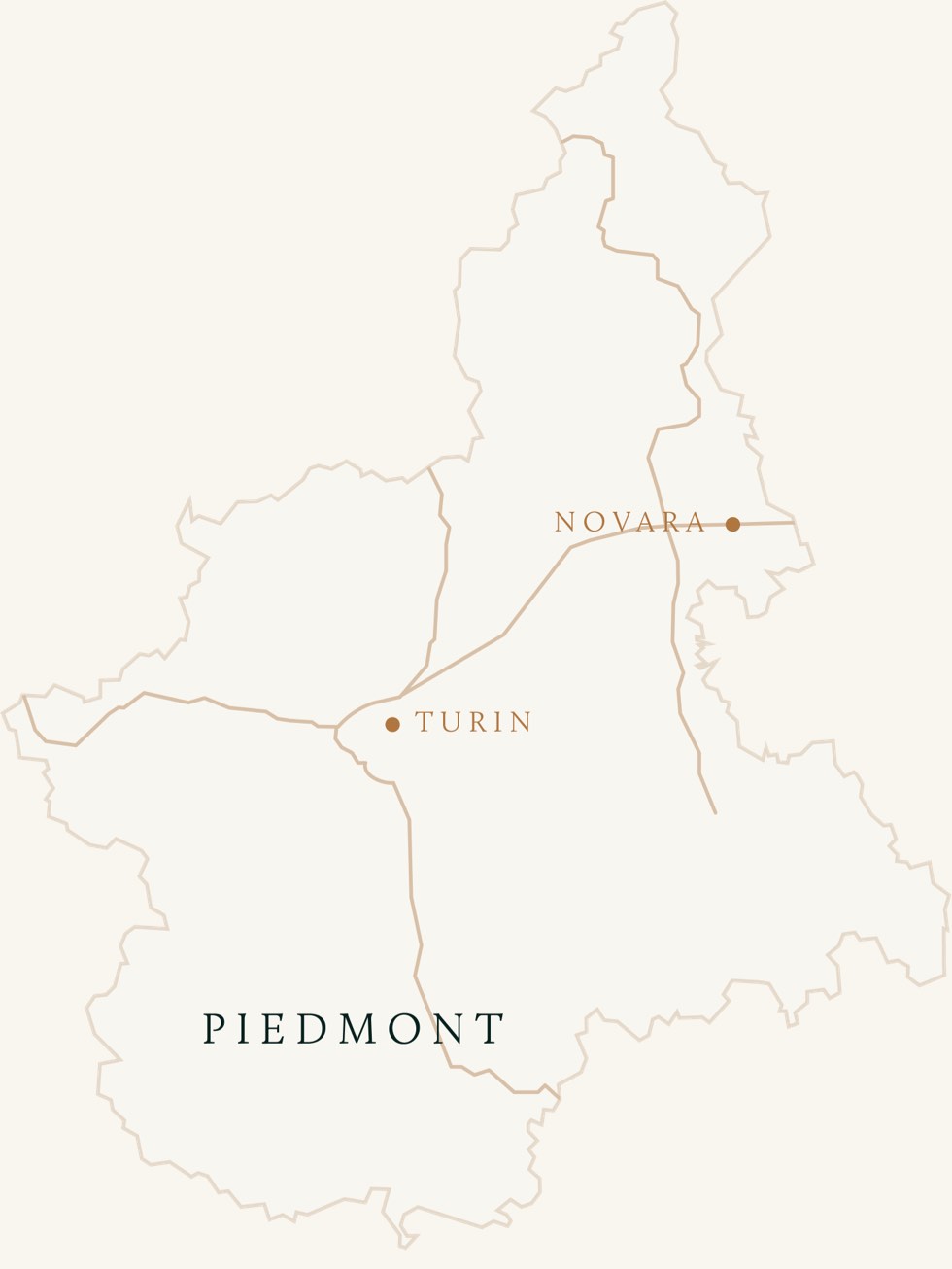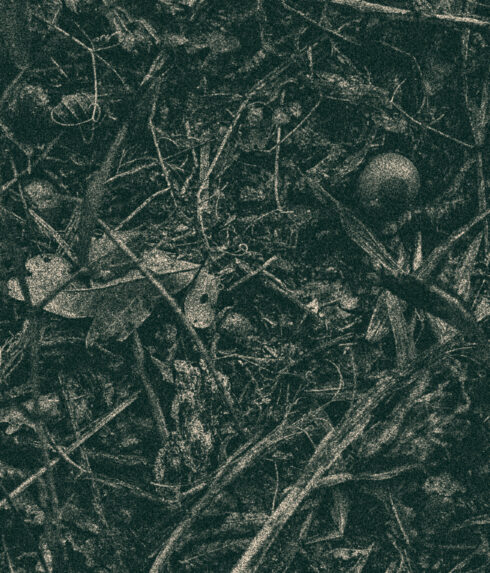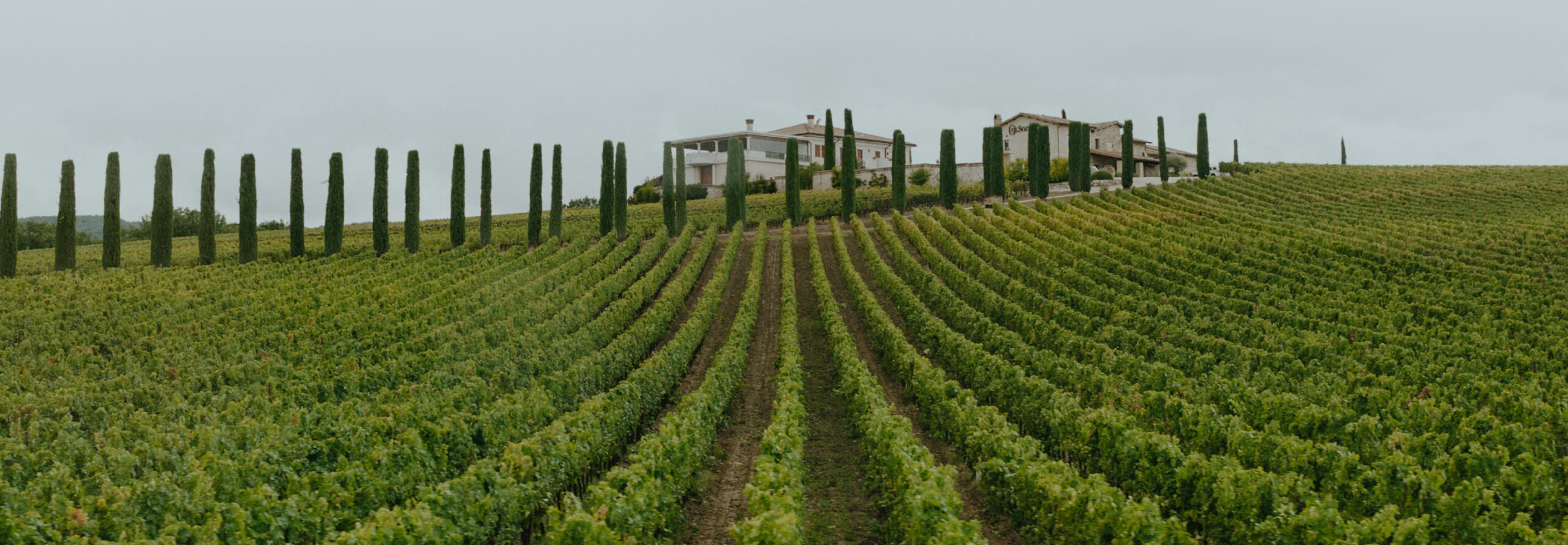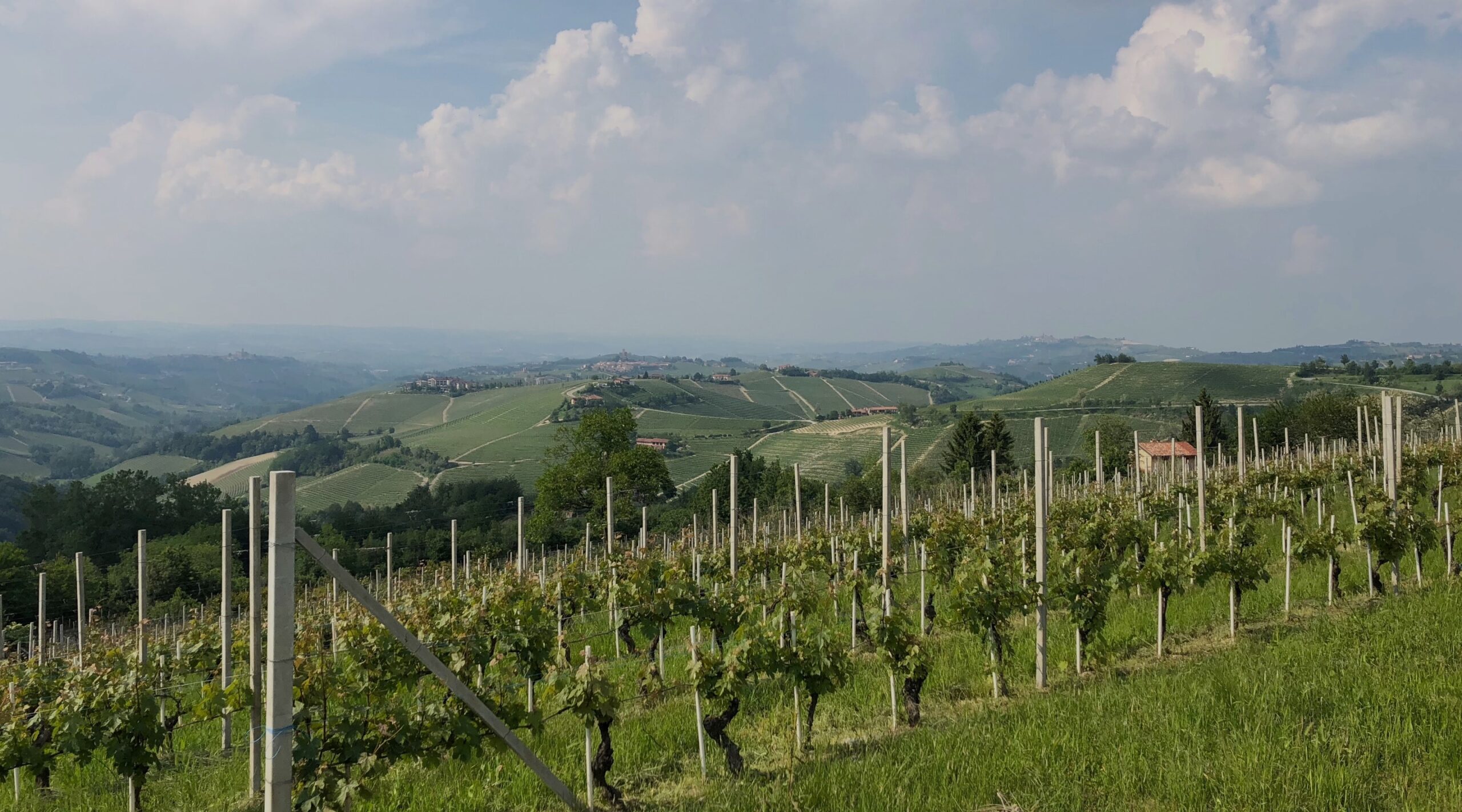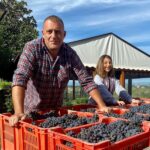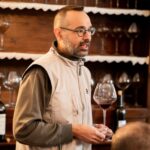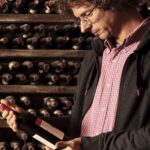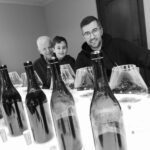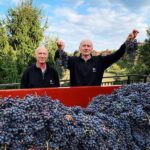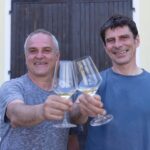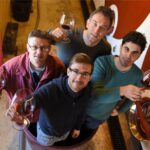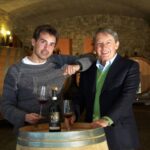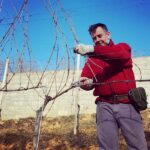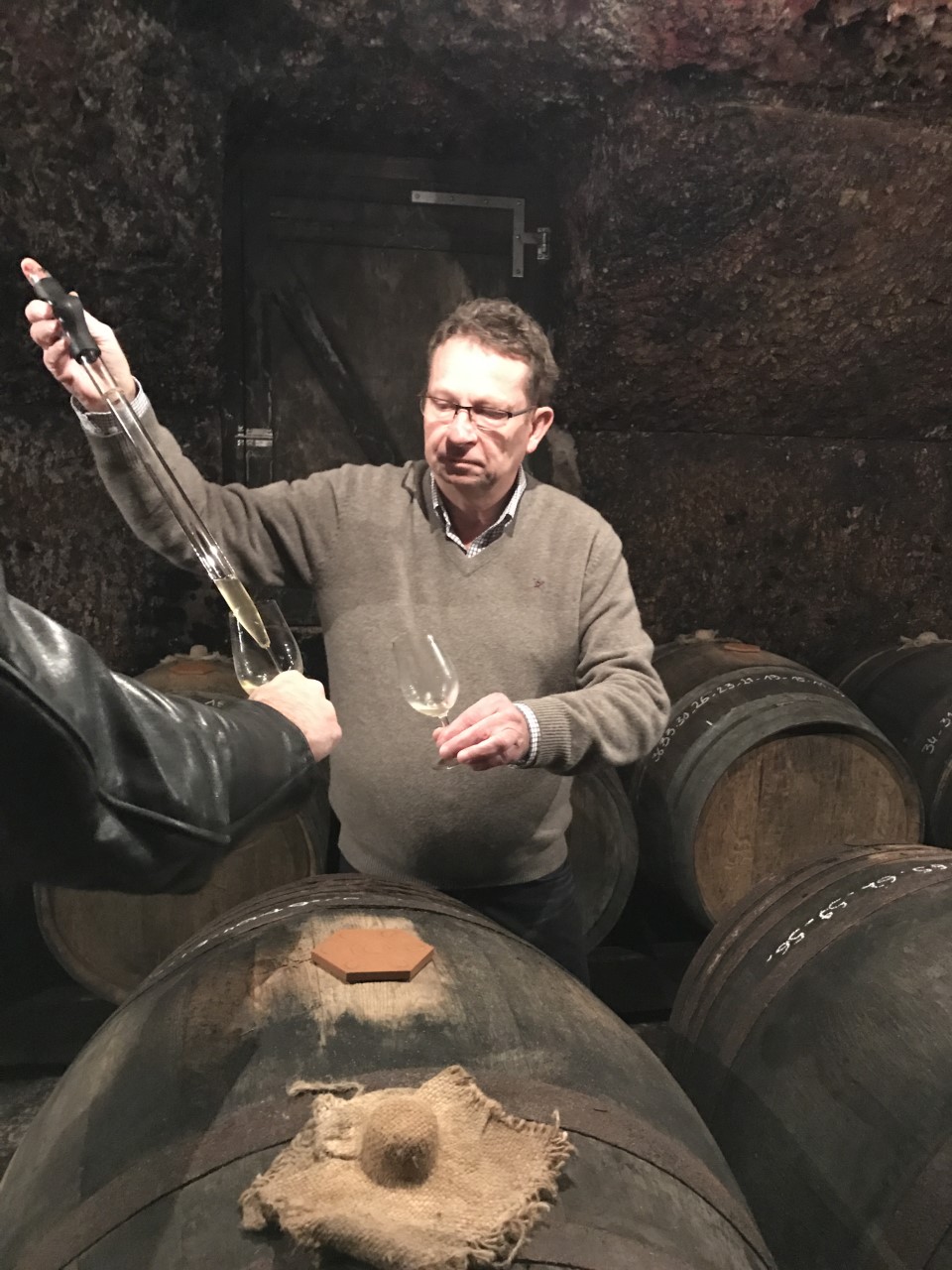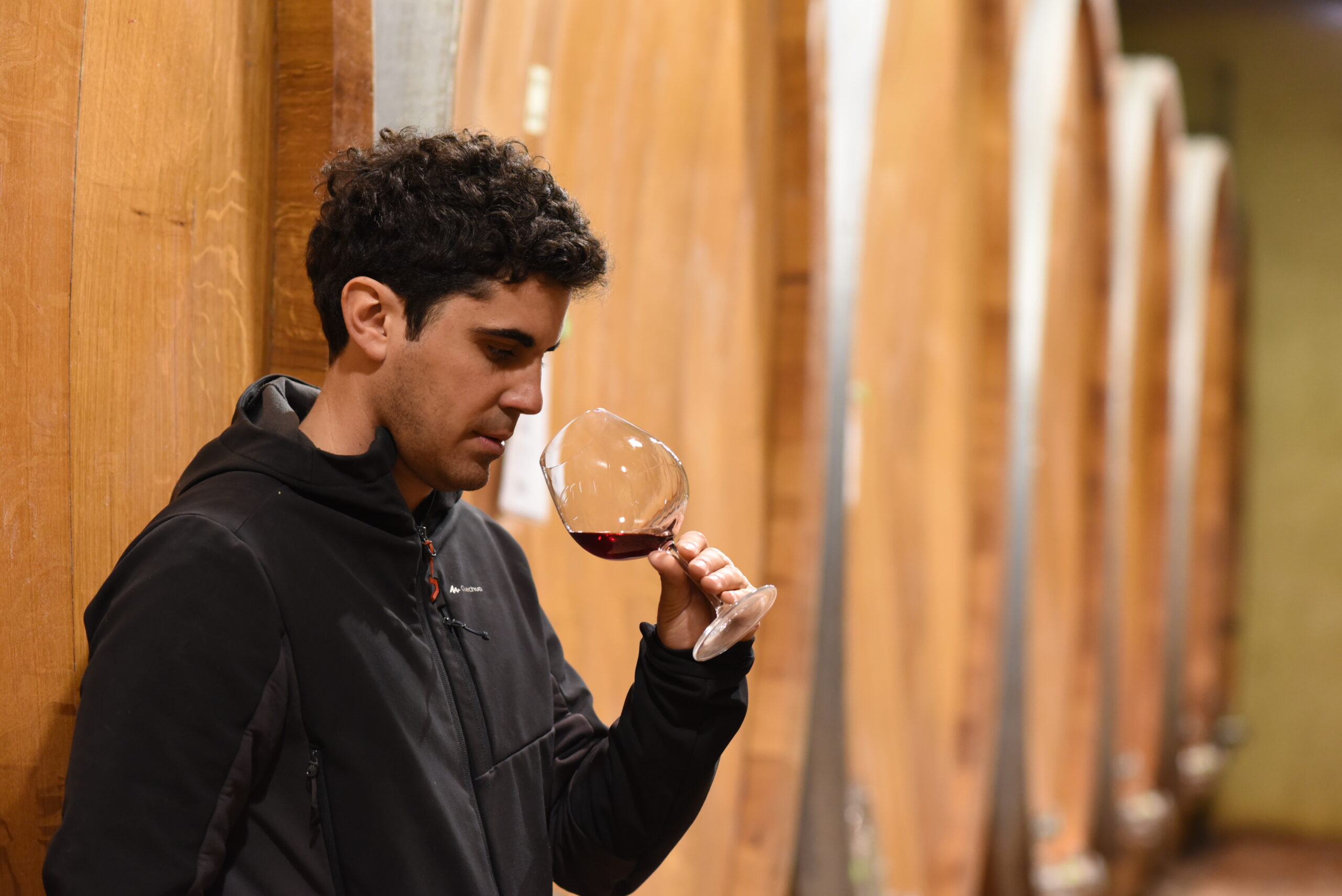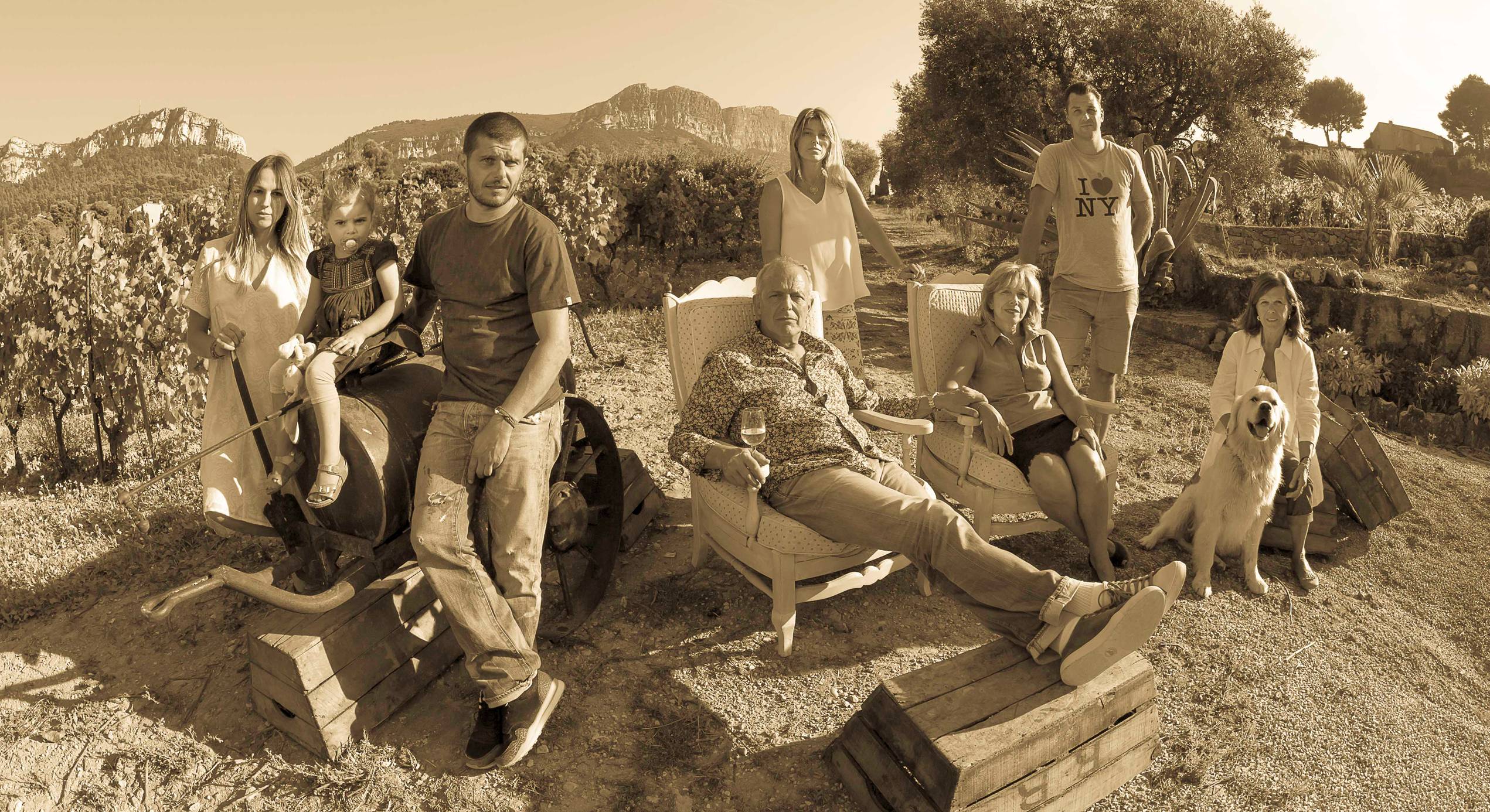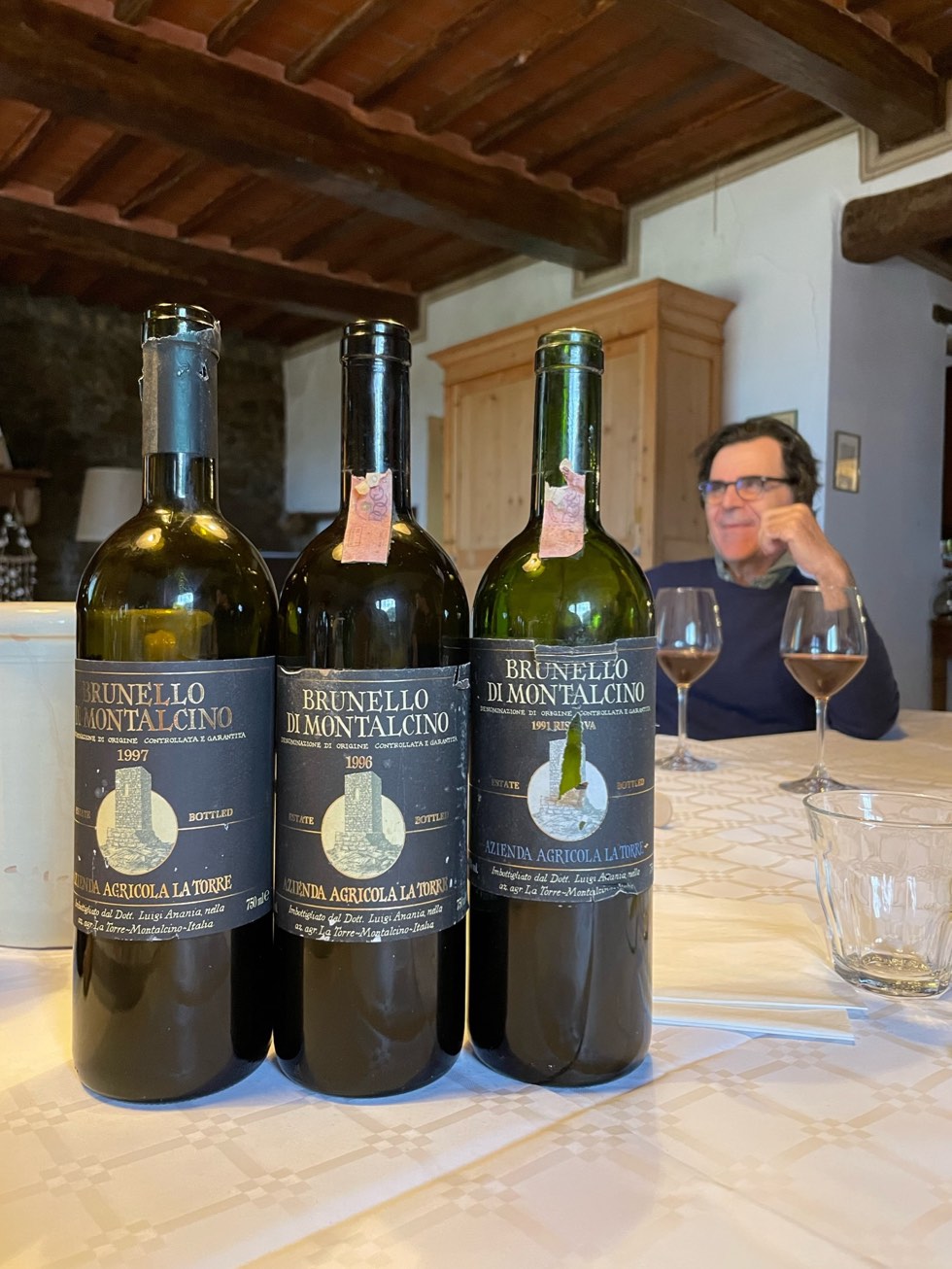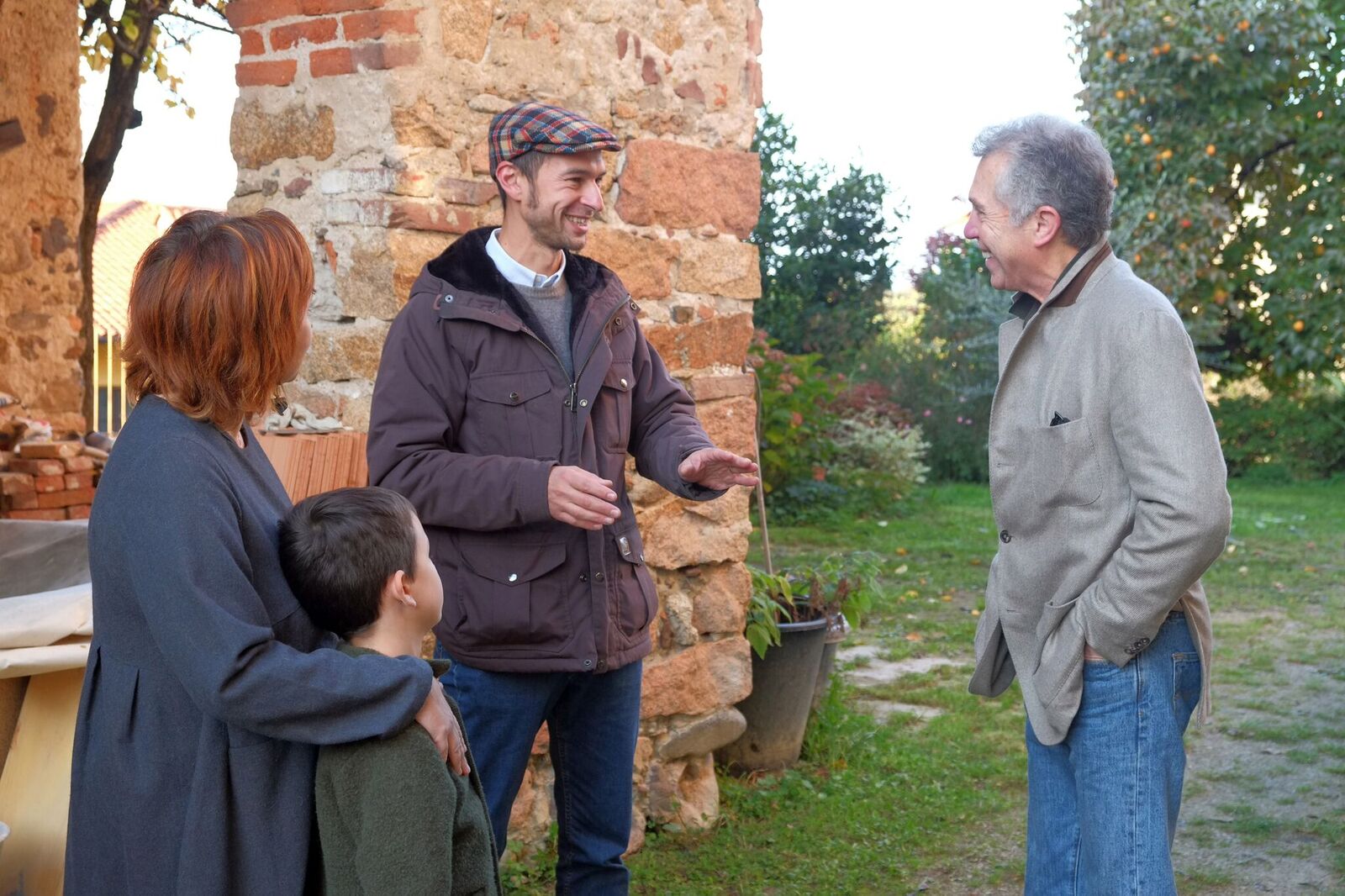Italy’s most majestic wines
Piedmont holds a special place in Rosenthal Wine Merchant’s history: the very first wine Neal ever purchased for import was the legendary Carema from the Ferrando family, in the Alpine foothills of the region’s northwest corner. Nebbiolo—whether it’s from Carema, or from the various appellations of the Alto Piemonte to the east, or from the famous zones of Barolo and Barbaresco in the Langhe further south—is inarguably one of the world’s greatest varieties, producing red wines of depth, site-specificity, tenacity, and longevity. Barolo and Barbaresco have seen their reputations soar in recent years as growers have recovered from the oak-driven excesses of the 1990s and early 2000s, focusing increasingly on single-cru bottlings and cultivating an engagement with their terroirs that hews ever closer to the thoroughness of the Burgundians. While Nebbiolo rules the day in the Langhe, the fascinating and multi-soiled zones of the Alto Piemonte—Boca, Bramaterra, Lessona, and Ghemme, Gattinara, Sizzano, and Fara—incorporate other indigenous varieties such as Croatina, Vespolina, and Uva Rara in their Nebbiolo-dominated blends. Piedmont also produces some of Italy’s most distinctive white wines, from the versatile but obscure Erbaluce variety, found in the Canavese in the region’s northwest, to the well-known Gavi appellation far to the east.
